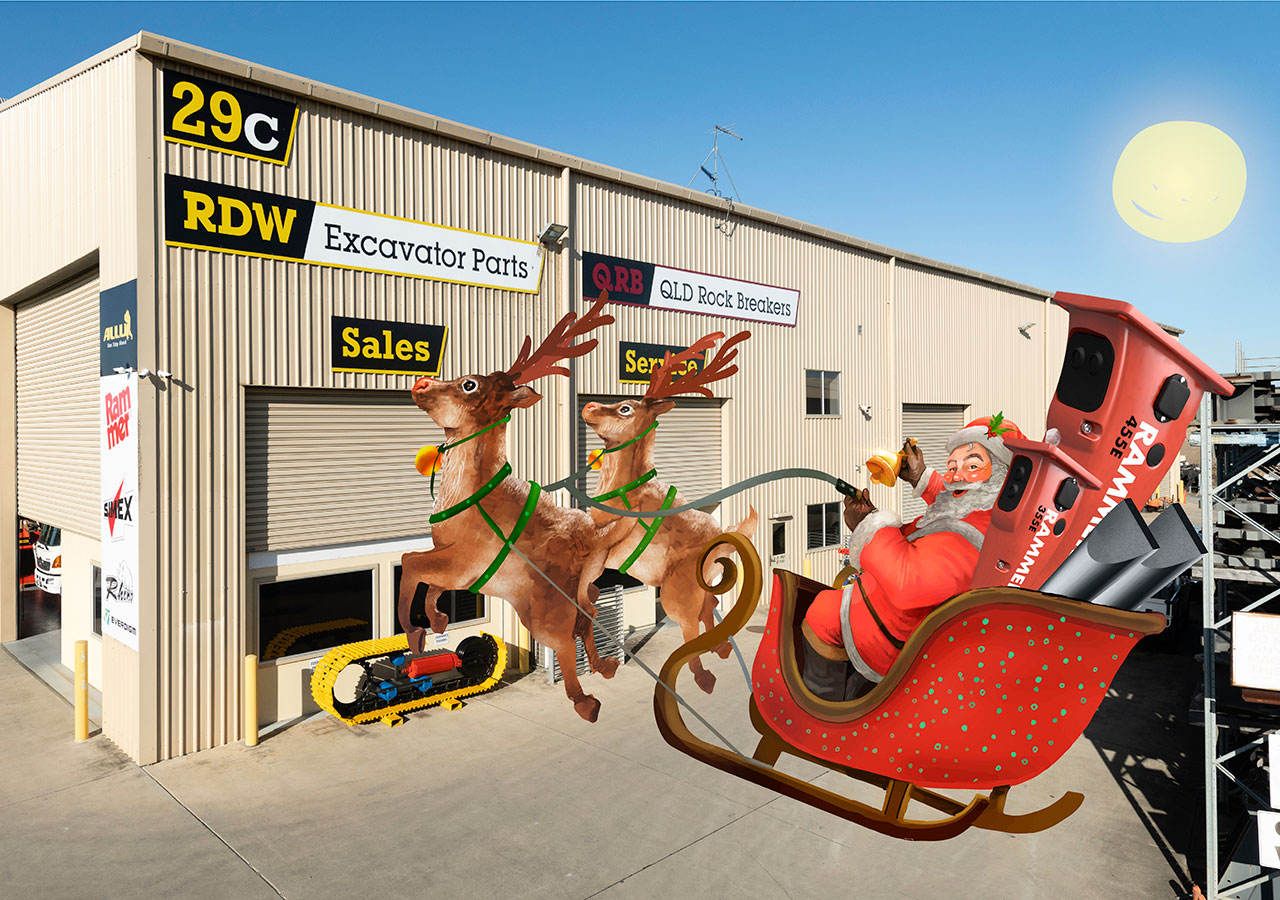If I said we could learn something from the Irish, you’d say it might be a good joke, right? Well, I think we can learn a lot from other countries experiences, and I’m not talking about how to drink Guinness either! My taste isn’t that acquired.
Prior to the GFC, the Irish economy was flying along, mostly due to that the banking sector lent lots of money to different investors. The GFC saw Asset prices plummet, and with it, the banks were left with loans that lacked sufficient security that had been lent to people who couldn’t repay. Contrary to Australia’s Government debt situation (which is self inflicted through over spending), the Irish Government’s main debt woes are from taking over the bad bank debts. The economy tanked as a result, and the country is still recovering. Savage Government sector cuts for non-productive roles have been required as tax payers there realise they can’t afford the old regimes. There are also rumbles about making sure that the people in power have real world business/field experience before being allowed to run anything. What can we learn from this?
The best way to learn success is to observe those who already do it. Ireland has no real natural resources to export (hence imports all production imports), is relatively remote and has a finite domestic market, with first world living standards for its population. In other words, it has all its cards stacked against being able to manufacture anything competitively. Yet to climb out of the doldrums, there are a number of successful Manufacturers coming out of Ireland. An example is Hill Engineering, a Quick Hitch manufacturer. Although having made quick hitches since 1996, the slowdown meant a halving of orders, and a rethink on Return on Assets (people and plant). The business invested further in technical innovation (like the world Safety leading Tefra Quick Hitches), and was forced into investing in manufacturing technology to stay at the top of the pile for Quality and cost competitiveness. The production time will be halved again by next year through continuous improvement principals. The result is a product that despite transport costs to Australia provides our market with arguably the safest Quick Hitches at a very competitive price. Faced with adapt or die decisions, the choice becomes pretty simple, and has positive side effects that by tackling productivity issues early, the business is well set up for the future.
Business in Australia can do it too. We just need to accept that history is history, and if we don’t change away from antiquated industrial relations and manufacturing thinking, the rest of the world is passing us by, and won’t stop their efficiency drive, whatever our thoughts on it. We have all the required resources on our doorstep. 3D Printing is a rapidly upcoming technology that will change Manufacturing by allowing competitive small scale manufacturing (back to cottage industries). Making plastic items in all shapes and sizes using 3D Printing is reasonably easy (recently saw a functional hand gun as an example), and metal objects is also possible. Time to think outside the square, and look into the future.
Quick Hitch Update
We’re getting more and more calls about the status of the Quick Hitch regulations. To dispel some of the confusion, the NSW Workcover draft is still to be released. Some larger construction sites are starting to apply interpretations of the International ISO standard and guesstimates of what the Australian requirements will be, and requiring machines that are starting work on sites to have dual lock fully automatic quick hitches as of the next month or two. For full details on what to consider in choosing your hitch, please click here to see details of what the requirements were in the original draft. Other considerations to take on board since the above was issued are:
- The current changes are essentially about removing the human factor in securing the old style safety pins. It is expected that in a couple of years’ time, the requirements will change to also stopping buckets from being able to swing on one pin. Make sure the hitch you fit now fully encloses BOTH pins.
- Can the hitch release inadvertently? Orientated release (only in a safe crowded in position) or a specific release sequence should be used to overcome this.
- Consider the operating environment. Could dirt restrict the locking ability (for instance hinder gravity bars from locking, or wear out/hinder sliding mechanism designs)? Can rocks/branches damage the hydraulic circuit?
- Consider how Variation in pin centres work with the hitch. Will latching mechanisms and pin insertion designs ensure ALL attachment pin centres are locked in place, or just that the hitch can close around them (i.e. the secondary safety system may not be active when the hydraulics fail, dropping the attachment).
- Does the hitch provide an indication to the machine operator that a failure of the hydraulic system for the hitch has taken place and the attachment is only secured by the secondary safety system?
- Is the hitch over complicated, with intricate mechanisms and many moving parts making reliability and maintenance a problem?
- Does the hitch have a secondary safety system which is locked and active in all positions? Particularly some of the gravity mechanisms have issues where the lock is on and off during every bucket cycle.
Workcover NSW will not sign off on any manufacturers’ product meeting requirements. From a risk mitigation viewpoint, they put that onus back on the user and Manufacturer. We know several manufacturers who have had discussions with Workcover about their hitches, and several brands meet the interpretation of the upcoming requirements. We believe the only hitch Workcover have assessed in action is the Tefra design, which has shown in theory and practice to have answered all questions in relation to the suitability of the design, including the function of the spring and how the dual form lock and other safety systems work in all operating conditions.
Driving us Batty
I recently had to endure the displeasure of living in the vicinity of a bat colony for a few days. All I can say is, I bet those advocating to leave them alone haven’t lived with the problem! We need animal life and vegetation to survive, but it’s a crazy situation when Scientists and activists set the rules, and are so far removed from common sense. For instance, having had both a possum and snake in our yard, we were concerned about the safety of the animals. Called the RSPCA and then the professional animal removers. Legally, these animals can only be relocated 50 meters, and not across a road or creek. So the animal will return to the (unsuitable) area before I can even pick myself up off the ground from the bill. One would have to question the thinking, and if people making these decisions know what they are doing. It also makes real environmental issues become trivialised, and dilutes the perception of competence of so called experts, activists and scientists.
Long live Cattle
It’s distressing that over a year later, live cattle exports, which is one of the driving forces of our agricultural sector, still hasn’t recovered, and is driving multi-generational farmers out of business. Beef was Qld’s second biggest export product after coal, and accounted for over 42.5% (about $5 billion) of our agricultural exports in 2009-10. Based on selling 715,000 head per year only a year or so ago down to 267,000 today, the industry has lost nearly 2/3’s of its capacity. All because a small group of protestors highlighted on the news what they felt was inhumane animal treatment. Sorry to state something that should be obvious, but whether we sell the animals, the farm (like Cubby Station) or our mining rights; once it’s sold, it’s not our right to say what happens to it. And we lose all future income from it when it’s sold. Belief systems are different around the world. For the record, I abhor any mistreatment of animals. But the initial story was not a true picture of all live animal exports, and one would question if it’s any less cruel to the cattle to now be starving because the farmers can’t afford the cost of feeding them. Where are the activists to cry foul about the inhumane treatment of the hard working farmers who generate employment and pay their taxes in Australia? With the industry now shutting down, better get used to eating imported vegetables, as before long that’s all that will be affordably available. Steamed rice cooked on Bio-waste, anyone?
As always, onwards and upwards!
Fred Carlsson
General Manager



